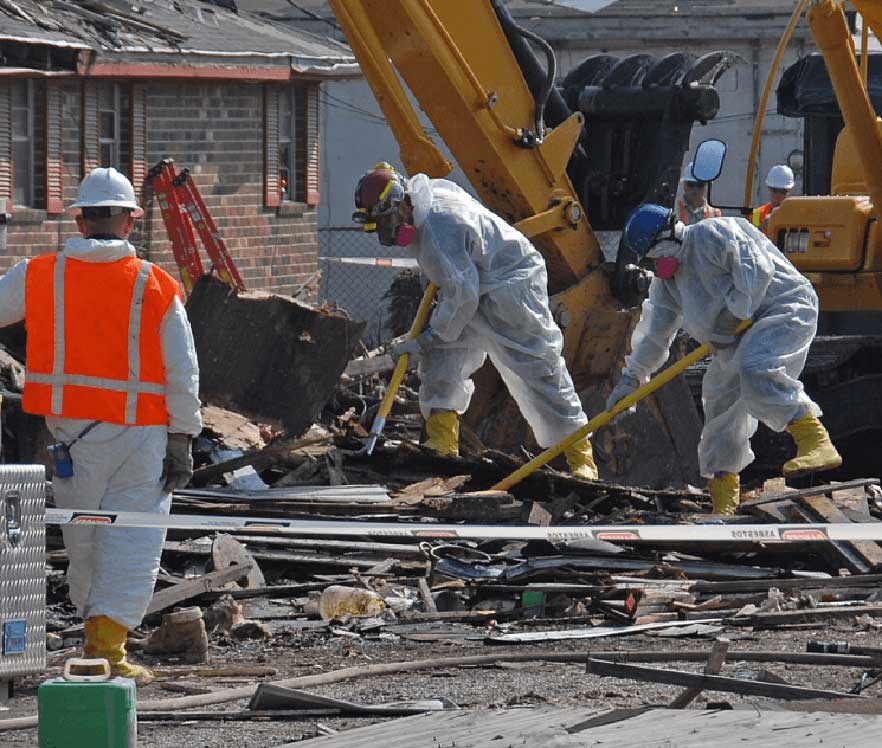Does your community
need help?
Mutual aid resources are available to all aspects of response and recovery including:
- Resources to help with the response and recovery after a disaster
- Conducting building inspections and damage assessments
- Issuing emergency permits for temporary repairs and shelters
- Enforcing building codes and hazard mitigation measures
Find mutual aid resources

Benefits of Mutual Aid
Rapid Response
Cost-Effective Solution
Reduced Strain on Staff
Consistency in Implementation
When Do You Need Mutual Aid?
Intrastate Mutual Aid: Local Emergency or Disaster
Police, fire, EMS, public works, and other city or county resources respond first. If the event is small, they may manage it entirely on their own.
Intrastate Mutual Aid: State Support
If the incident grows or lasts longer than local resources can handle, the governor (or state emergency management agency) can send state assets — such as state police, highway crews, public health teams, or the National Guard.
Interstate Mutual Aid (EMAC)
When needs go beyond what one state can provide, the Emergency Management Assistance Compact (EMAC) allows states and territories to share people, equipment, and expertise. EMAC gives responders legal protections, ensures reimbursement, and keeps aid flowing quickly and safely.
Federal Assistance (Not Mutual Aid)
If impacts exceed state and EMAC support, a governor may request federal help. Programs through FEMA and other federal agencies can bring in funding, specialized teams, and long-term recovery resources — but this step is separate from mutual aid.
Examples of How Communities Can Use Mutual Aid
Mutual aid from nearby counties helps residents assess hurricane damage quickly
After a severe hurricane, a mid-sized city finds its building department overwhelmed with inspection requests for damaged structures.
The city activates its mutual aid agreement with neighboring counties, bringing in additional certified inspectors to help clear the backlog.
This allows residents to quickly determine if their homes are safe to occupy and expedites the start of repair work, significantly reducing the time people spend in temporary housing.
State assistance helps small town recover after tornado damage
A small, rural town with limited resources is hit by a tornado, damaging numerous buildings.
The town's single part-time building inspector is unable to handle the volume of work needed for rebuilding.
Through a state-wide mutual aid program, the town receives assistance from building officials from larger cities, who help process permits and conduct inspections. This support ensures that rebuilding efforts comply with current safety standards and progress swiftly.
Experts from other states assist urban neighborhood after flood
A flash flood damages many older homes and small businesses, overwhelming the already understaffed local building department that lacks expertise in flood-related repairs.
Through a mutual aid agreement, the city brings in floodplain management experts and additional permit processors from other states to address the community's needs.
This targeted assistance speeds up the recovery process and helps implement flood-resistant building practices, improving the neighborhood's long-term resilience.


